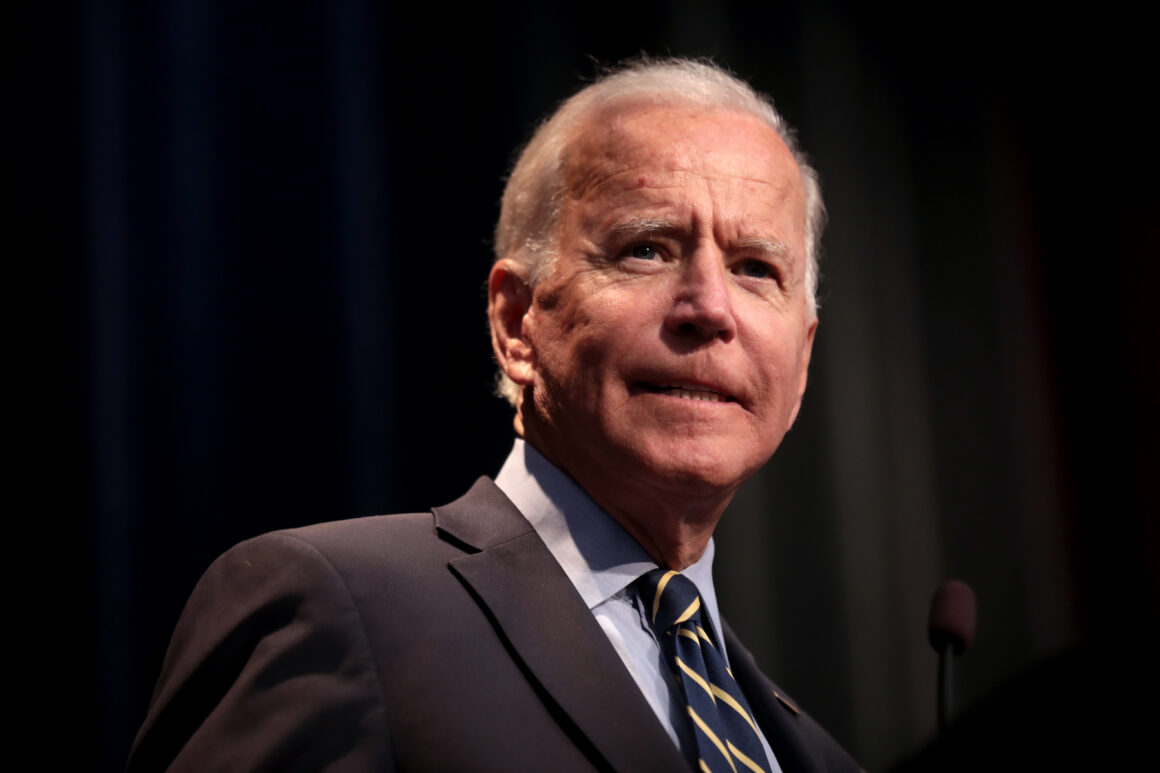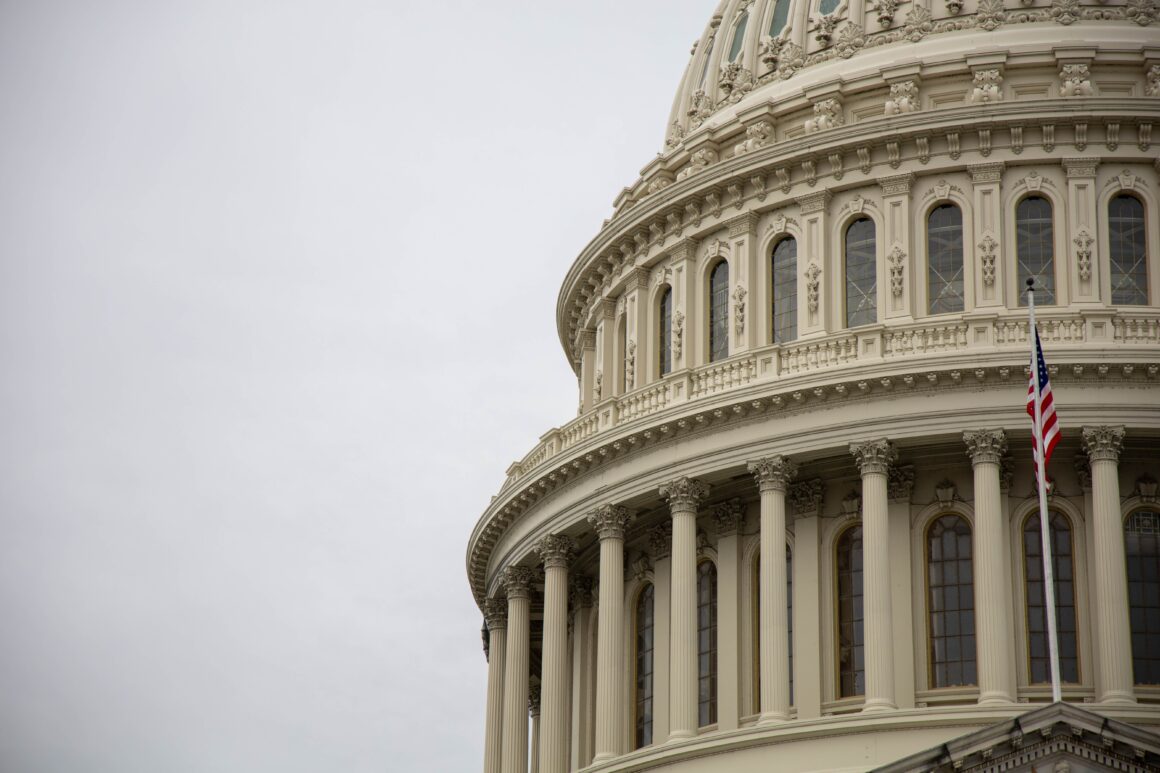The rise of social media has only been going uphill in the past decade and has proven to be a tool of activism for many groups or movements. It has become a watchdog of governments, public and private institutions, companies, and even the media. Some examples include the Arab Spring in 2010, Occupy Wall Street movement in 2011, the 2012 Kony campaign and most recently Black Lives Matter (2013), Women’s March (2017), and March for Our Lives (2018).
The most recent movement is March for Our Lives which was created by the students of Marjory Stoneman Douglas High School in Parkland, Florida who survived a school shooting which left 17 dead and many injured. The movement is calling for tighter gun control laws including universal background checks and banning the sale of high-capacity magazines. With the help of social media, they were able to organize a national school walkout on March 14 with approximately 1 million students participating. They were then able to organize a demonstration on March 24 that had a turnout of at least 1.2 million people in the United States plus solidarity marches all around the world.
The students also asked on social media for companies to end their partnerships with the National Rifle Association (NRA) – the largest lobbying group advocating for gun rights. #BoycottNRA was a worldwide trending topic with people messaging and calling companies linked to the NRA to terminate their partnership. The result was a success with over 20 companies distancing themselves from the NRA including Avis, Metlife and Delta Airlines. This showed the power of the people and their ability to exert influence through social media.
Even when Fedex remained one of the few companies that stood by NRA’s side, social media wasn’t forgiving as #BoycottFedex became a worldwide trend instantly.
It didn’t end there though. Laura Ingraham, host of Fox News show Ingraham Angle, mocked David Hogg, one of the leaders of the movement, for being rejected by four colleges. This quickly led to Hogg tweeting a list of her top advertisers of her show asking his followers to pressure them to remove their advertisements. This led to over 18 companies parting way with Ingraham and led to her announcing a week-long break in hopes that the situation cools off.
David Hogg Rejected By Four Colleges To Which He Applied and whines about it. (Dinged by UCLA with a 4.1 GPA…totally predictable given acceptance rates.) https://t.co/wflA4hWHXY
— Laura Ingraham (@IngrahamAngle) March 28, 2018
Pick a number 1-12 contact the company next to that #
Top Laura Ingraham Advertisers
1. @sleepnumber
2. @ATT
3. Nutrish
4. @Allstate & @esurance
5. @Bayer
6. @RocketMortgage Mortgage
7. @LibertyMutual
8. @Arbys
9. @TripAdvisor
10. @Nestle
11. @hulu
12. @Wayfair— David Hogg (@davidhogg111) March 29, 2018
I 100% agree an apology in an effort just to save your advertisers is not enough. I will only accept your apology only if you denounce the way your network has treated my friends and I️ in this fight. It’s time to love thy neighbor, not mudsling at children. https://t.co/H0yWs4zMGk
— David Hogg (@davidhogg111) March 29, 2018
Instances like these show the ability of social media to influence change and hold those in power accountable. Information has never been easier to access and the truth has never been harder to hide. We live in an age of corporate activism in which institutions that fail to reflect the current social values are most likely not going to succeed.
The millennial generation is now more involved than ever in politics thanks to the simplicity of social media breaking down the current situation. With a president like Donald Trump who not only uses social media to his advantage (or disadvantage) but appears in changing headlines every 15 minutes, there is no possible way to escape the current political climate. This has led to a broader audience joining the political movement and voicing their opinions. Social media might have its downsides, but on the other hand it has become a powerful tool of accountability and change.
Photo: Rux Centea




